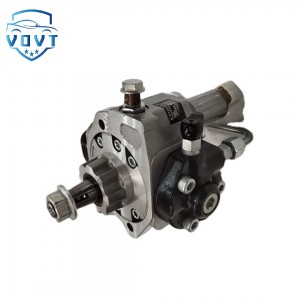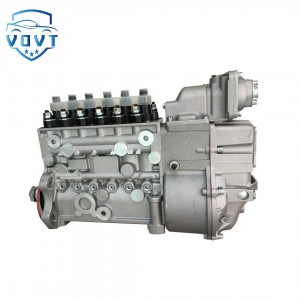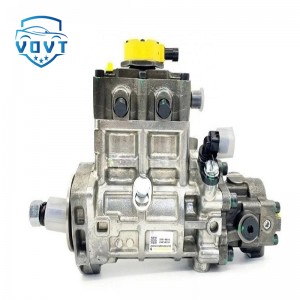High Quality New Diesel Fuel Injection Pump 0460423012 Engine Elements 0 460 423 012
products description
| Reference Code | 0 460 423 012 |
| MOQ | 1 PCS |
| Certification | ISO9001 |
| Place of Origin | China |
| Packaging | Neutral packing |
| Quality Control | 100% tested before shipment |
| Lead time | 7~15 working days |
| Payment | T/T, Western Union, Money Gram, Paypal, Alipay, Wechat |
Exploring oil pumps: the synergistic mystery of precision construction and efficient operation
In the complex mechanical system of an automobile, the fuel pump silently bears the heavy responsibility of delivering “life blood” - fuel, although often hidden at the bottom of the body and in the fuel tank, but it controls whether the engine can run smoothly and maintains the power of the vehicle to move forward.
The moment the fuel pump is activated, a precise and efficient “fuel delivery operation” begins. From the structure, it consists of motor, pump body and impeller and other core components. After the motor gets electricity, as if being injected with vitality, the rotor rotates rapidly, instantly breaking the quiet, high-speed operation produces a strong torque, which becomes the original power of the subsequent fuel delivery. The electric current is the “starting gun” of this operation. Once triggered, the motor converts the electric energy into mechanical energy without slacking off, ensuring the coherent operation of the whole process.
The motor drives the impeller to rotate in synchronization, and the impeller is known as the “handling dexterity” of the fuel pump. It has specially designed blades, spiral or radial distribution, when the impeller rotates at high speed, it creates a strong negative pressure environment in the pump body. This negative pressure is like a magical suction, precise reach to the tank quietly “sleeping” fuel; under the action of the pressure difference, the fuel is no longer lethargic, have been wrapped into the pump body inlet. This process is done in one go, without any delay, every second there is a fixed amount of fuel is accurately captured.
Fuel was impeller “dragged” into the pump body, followed by ushering in the pressurized section. Pump body cavity is like a well-designed “pressure track”, fuel along the established route, in the high-speed rotation of the impeller and the pump wall narrow gap between the difficult to travel. The narrower this channel, the faster the rotating speed of the impeller, the greater the squeezing pressure on the fuel; the original loose, atmospheric fuel molecules, was tightly compressed together, the pressure rises, transformed into a high-pressure fuel. The only way to achieve this high-pressure state, the fuel has enough “strength” to break through the subsequent piping obstacles, to the engine “embrace”.























